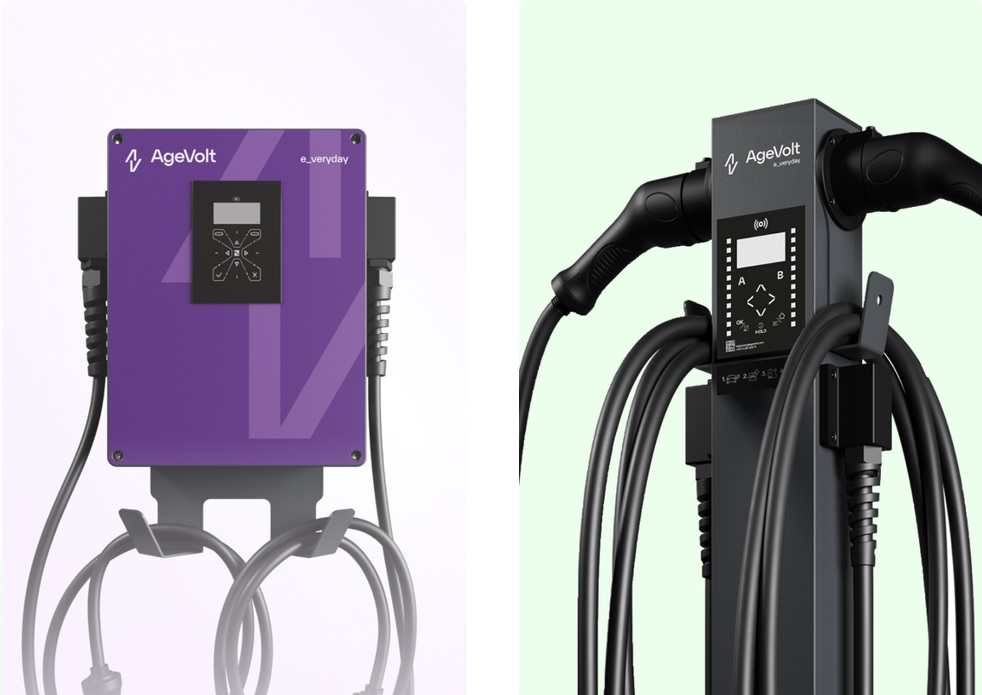CIRCOTRONIC is focused on the circular economy in the electro sector. How did you – as a company that makes charging stations – get into it?
Ján Balazs: Let’s face it – few leaders of small or medium-sized enterprises wake up in the morning with the mindset that they are going to do business in line with the circular economy. We’ve been doing what we believe in – sustainable, repairable and meaningful charging solutions. But it was only through the project that I realised that a lot of what we do intuitively is actually in line with circular design principles.
What exactly did the project bring to you?
Three things.
First, the knowledge that we are not fools. That what we do – open design, modularity, serviceability – is deeply meaningful. Second, data and a methodology to look at our products critically. And third, a community of people who care about things as much as we do.
As part of the project, you also analysed your own products. What did you find?
We found that some of our solutions are already examples of circular design. For example:
· Our charging stations are built with modular parts that are easy to replace – if just one component fails, there’s no need to change the whole machine.
· In older models, we can reuse 80 to 90% of the components – especially control units, connectors, some types of displays.
· We use industrial aluminium enclosures instead of plastic – they are more durable, recyclable and can be reused even after years of use.
· Recently, we have even been able to recycle old batteries from other equipment as a backup power supply in our stations – without losing power.
Has the project changed anything in your approach?
Yes – for example, when designing the next generation of stations, we are now also thinking about how to make the interfaces standardised so that other companies or the community can exchange components in the future. We want to go down a more open-source route, which is still quite unusual in this sector.
Importantly, we have stopped being afraid to admit that we don’t know something. The project has shown us that this is not a weakness, but an opportunity. For example, in the area of end-of-life products – we still have reserves there.
Is there anything you would say to other companies that might be hesitant to get involved in a similar project or even to start thinking in terms of circularity?
Definitely: you don’t need to be ‘perfect’ to get started. CIRCOTRONIC is not a project for experts. It is a space for exchange, learning, sharing. And above all – for meaningful change. So if a company feels like they are doing something differently, but don’t know if it’s ‘right’ – this is the space to find out.
And finally – what has this project given you as a person?
Honestly? A sense of peace. That what we are doing is meaningful. That even though we’re not the biggest company in the world, we can change things for the better. And that it has value. Maybe not immediately in numbers, but certainly in impact.
Written by: ASRD
